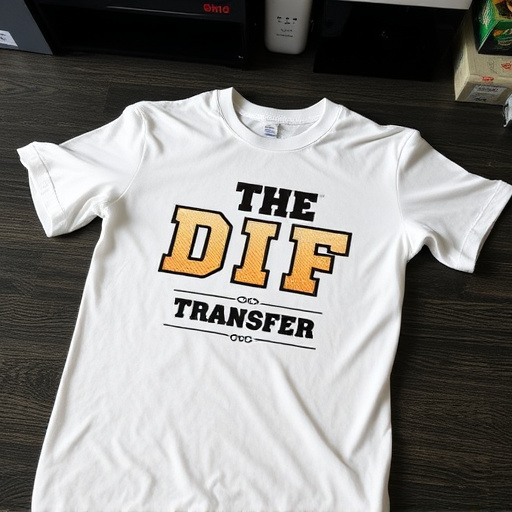In today's competitive market, balancing performance and cost in intake solutions is crucial for operational success. Organizations can navigate the "spectre" of high-performing intakes by strategically evaluating data, application requirements, and expected throughput. This approach ensures financial prudence through affordable options that offer optimal performance within budget constraints. Innovative strategies like automation, AI, smart routing, digitization, and partnerships with specialized manufacturers drive efficiency without compromising quality, as demonstrated by successful case studies across various sectors and budgets.
“In today’s competitive market, businesses strive to optimize their operations while managing costs. Understanding cost-effective intake solutions is crucial for maintaining performance and adhering to budget constraints. This article delves into the ‘spectre of performance and budget’ surrounding intakes, offering insights into strategies that enable organizations to implement affordable systems without sacrificing quality. Through real-world case studies, we explore successful cost-cutting approaches, providing valuable lessons for navigating the balance between efficiency and effectiveness.”
- Understanding Cost-Effective Intake Solutions: The Spectre of Performance and Budget
- Strategies for Implementing Affordable Intake Systems Without Compromising Quality
- Case Studies: Successful Cost-Cutting Intake Approaches in Real-World Scenarios
Understanding Cost-Effective Intake Solutions: The Spectre of Performance and Budget

In the quest for efficient operations, understanding cost-effective intake solutions is paramount, especially when balancing performance and budget. The spectre of performance, though crucial, can often be a double-edged sword, as high-performing intakes may come with a hefty price tag. Businesses must therefore navigate this delicate balance, selecting affordable options that align with their operational needs without compromising quality or reliability.
Cost-effective intake solutions aren’t just about cutting corners; they involve strategic choices based on data and insights. By evaluating factors like expected throughput, specific application requirements, and available resources, organizations can identify intakes that offer optimal performance within their budget constraints. This approach ensures not only financial prudence but also the long-term viability of operations, as businesses can scale and adapt while staying within manageable financial boundaries.
Strategies for Implementing Affordable Intake Systems Without Compromising Quality

Implementing cost-effective intake systems doesn’t have to mean sacrificing quality. A strategic approach can ensure your business gains the benefits of efficient, high-performing intakes within a strict performance budget. Firstly, consider modular design; building intakes with interchangeable parts allows for customization and repair, extending their lifespan without significantly increasing costs. This approach also simplifies inventory management and reduces waste.
Secondly, explore innovative materials and manufacturing techniques. New composite materials and 3D printing technologies offer lightweight, durable solutions that can be tailored to specific needs. These methods often result in reduced production times and lower labor costs, making them highly affordable without compromising quality or performance. Additionally, partnering with manufacturers who specialize in cost-effective solutions can help you secure competitive pricing while ensuring your intakes meet the required standards.
Case Studies: Successful Cost-Cutting Intake Approaches in Real-World Scenarios

In a world where performance and affordability often seem at odds, several organizations have successfully navigated the challenge of cost-cutting intake approaches, showcasing that exceptional results can be achieved within tight budgets. These real-world case studies offer valuable insights into innovative strategies that enhance efficiency without compromising quality.
For instance, consider a tech startup that optimized its intake processes by leveraging automation tools and AI for initial data screening, significantly reducing manual labor costs. By implementing a smart routing system, they directed high-potential leads to the right teams, minimizing time wastage. This approach not only spectres across various performance metrics but also ensures an affordable intake process, making it a game-changer for startups with limited resources. Similarly, a non-profit organization streamlined its volunteer application process by digitizing forms and using online assessment tools, leading to quicker decision-making and a diverse applicant pool without breaking the bank. These success stories highlight how smart, data-driven decisions can revolutionize intake management while staying true to cost-effectiveness.
Cost-effective intake solutions are not just a possibility but an essential strategy for organizations aiming to balance performance and budget. By understanding the spectre of performance and budget, implementing affordable intake systems without compromising quality, and learning from real-world case studies, businesses can navigate their way towards efficient and successful operations. These strategies ensure that cost-cutting measures do not detract from the quality and efficiency of intakes, making it a true game-changer for any organization in today’s competitive landscape.














